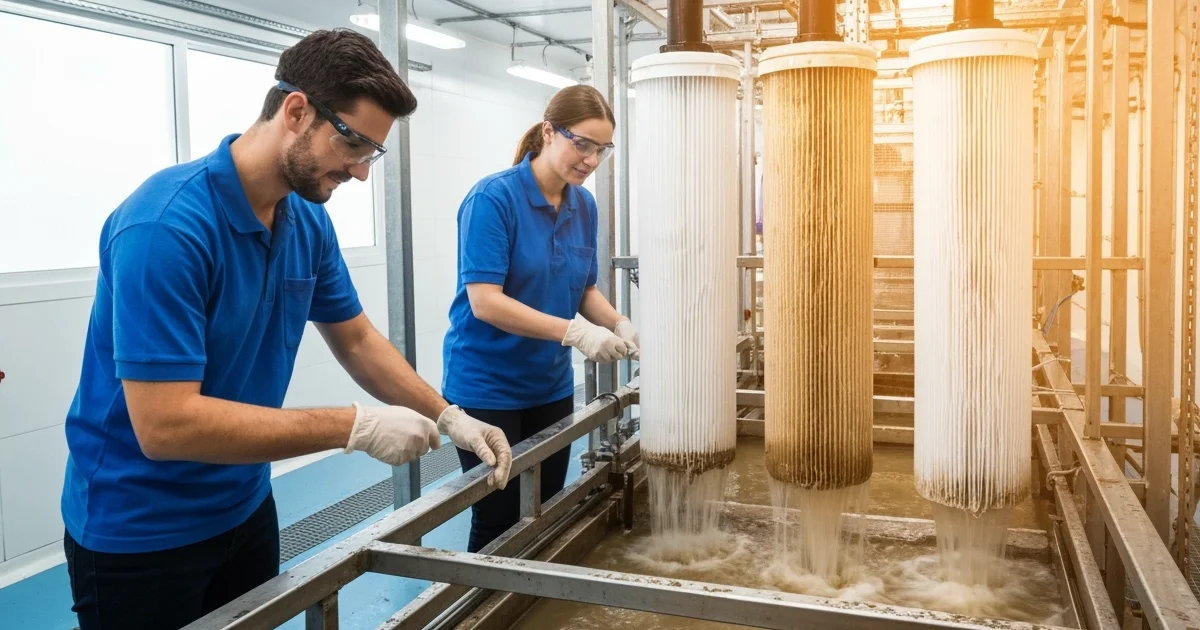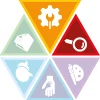Administrator

Any administrator should excel at:
- Providing information to supervisors, co-workers, and subordinates, as well as communicating with people outside the organization, representing the organization to customers, the public, government, and other external sources. This information can be exchanged in person, in writing, or by telephone or e-mail.
- Maintaining information files and processing paperwork.
- Recruiting, interviewing, selecting, hiring, and promoting employees in an organization, and getting them to work together to accomplish tasks by encouraging and building mutual trust, respect, and cooperation.
Analyst

Analysts will often perform the following tasks:
- Identifying the underlying principles, reasons, or facts of information by breaking down information or data into separate parts.
- Using relevant information and individual judgment to determine whether events or processes comply with laws, regulations, or standards.
- Assessing the value, importance, or quality of things or people.
- Compiling, coding, categorizing, calculating, tabulating, auditing, or verifying information or data.
Other work activities related to Environmental engineering technicians
- Assessing the ability of environments to naturally removing or reducing conventional or emerging contaminants from air, water, or soil.
- Creating models for demonstrating or predicting the procedure by which pollutants will be moving through or impacting an environment.
- Decontaminating or testing field equipment used for cleaning or testing pollutants from soil, air, or water.
- Evaluating and selecting technologies for cleaning up polluted sites, restoring polluted air, water, or soil, or rehabilitating degraded ecosystems.
- Modeling biological, chemical, or physical treatment processes for removing or degrade pollutants.
- Preparing and packaging environmental samples for shipping or testing.
- Preparing permit applications or reviewing compliance with environmental permits.
- Recording laboratory or field data, including numerical data, testing results, photographs, or summaries of visual observations.
- Collecting and analyzing pollution samples, such as air or ground water.
- Receiving, setting up, testing, or decontaminating equipment.







